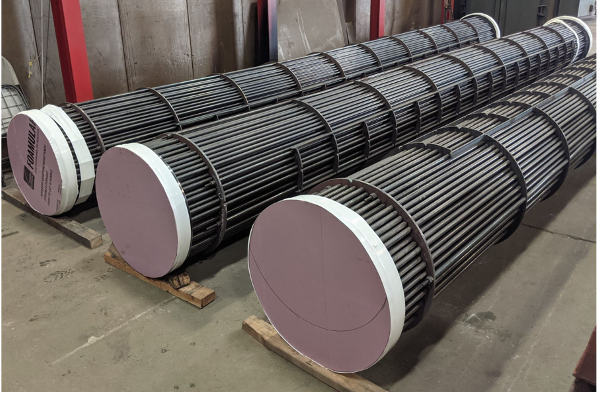Regular maintenance of a shell and tube heat exchanger is essential to ensure efficient operation and to avoid the onset of ‘fouling’ – the unwanted accumulation of material on heat transfer surfaces.
Currently browsing: Science
The Comprehensive Guide to Choosing the Right Antifouling Coating for Your Heat Exchanger
Efficiency of a heat exchanger is often compromised by a universal issue: fouling. This accumulation of unwanted material can drastically reduce the heat transfer rate, increase pressure drop, and lead to equipment failure if left unchecked.
Estimating CO2 Emissions from Global Refineries Due to Heat Exchanger Fouling: A Comprehensive Analysis
fouling is a major issue, often leading to a decrease in heat transfer efficiency and an increase in energy consumption and CO2 emissions. Fouling types can range from particulate, biological, chemical, and composite, each posing unique challenges and requiring varied mitigation strategies.
Estimating the Global Cost of Heat Exchanger Fouling: A Comprehensive Review
Introduction Heat exchangers are fundamental components of various industrial processes. Their primary role is to efficiently transfer heat between two or more fluids, but they are often […]
Estimating CO2 Emissions from Global Power Plants Due to Heat Exchanger Fouling: A Detailed Assessment
Introduction Heat exchangers are integral components of power plants worldwide, playing a pivotal role in the generation of electricity. However, the efficiency of these vital components is […]
Recent Posts
- Boosting Heat Exchanger Efficiency in the Era of Energy Expansion
- Advanced High-Temperature Heat Exchanger Materials with HeatX in Industrial Implications
- The Impact of Digital Twin Technology with HeatX on Heat Exchanger Maintenance in the Oil & Gas Sector
- Innovative Heat Exchanger Solutions by HeatX: Supporting America’s Energy Goals
- Improving Heat Pump Performance in Extreme Weather with HeatX





Recent Comments